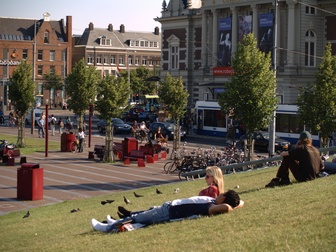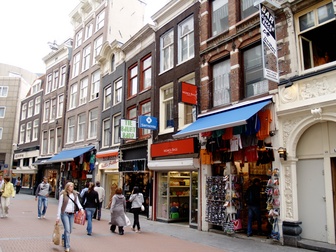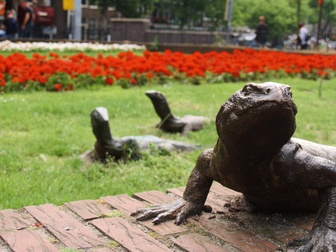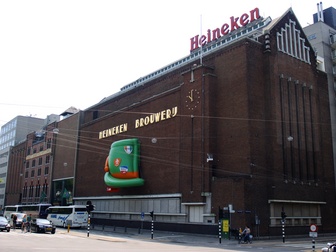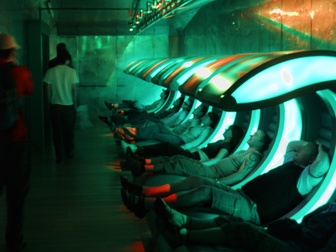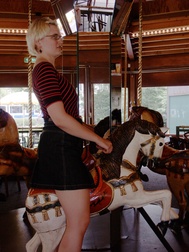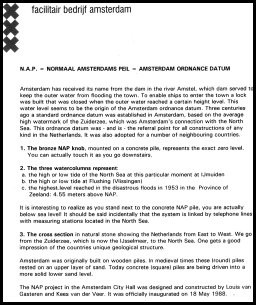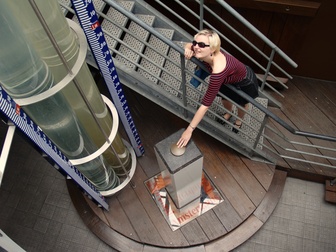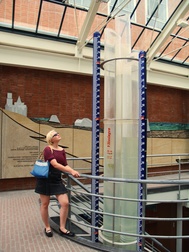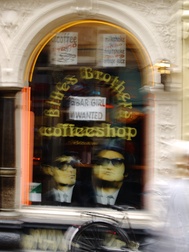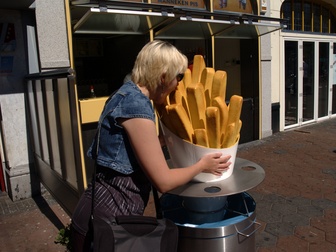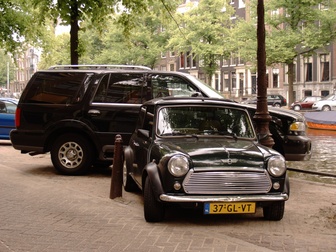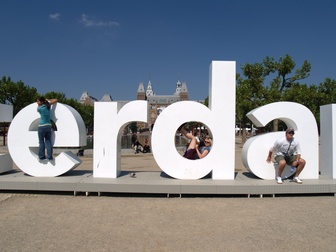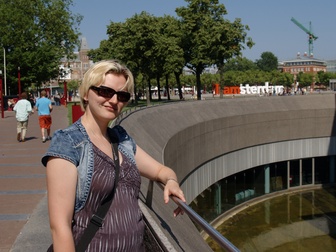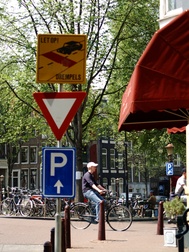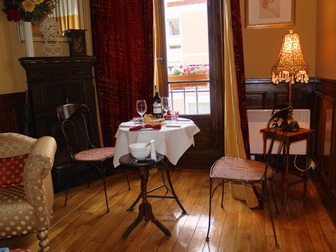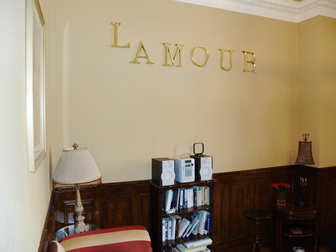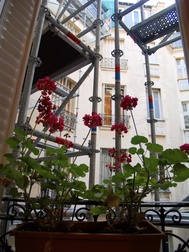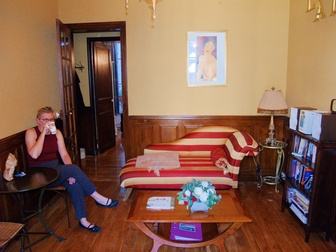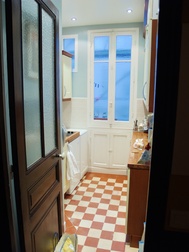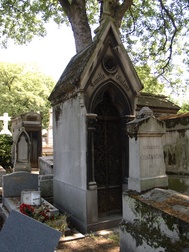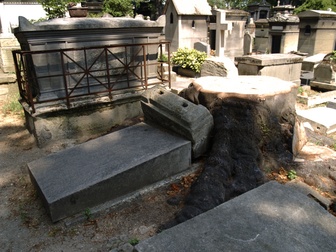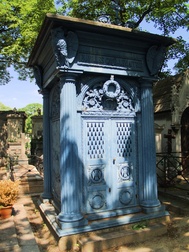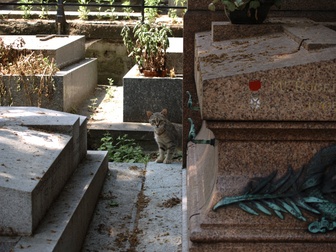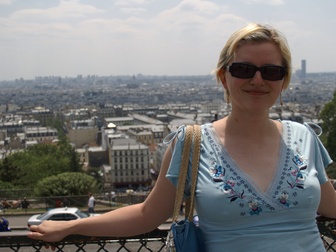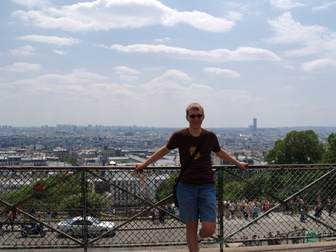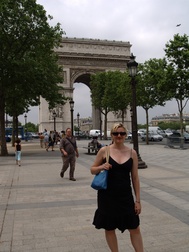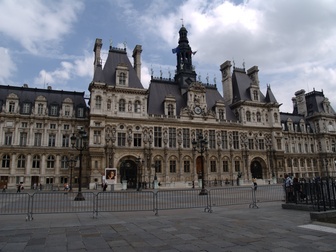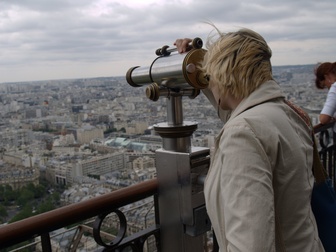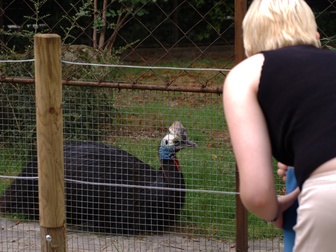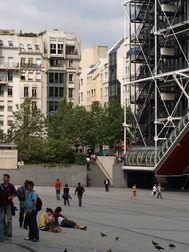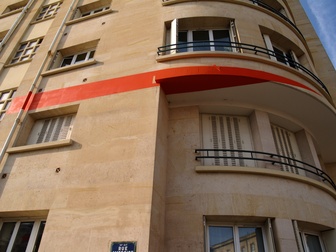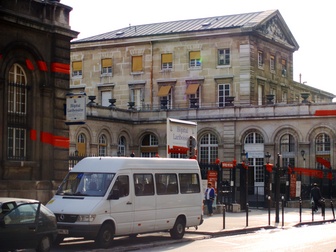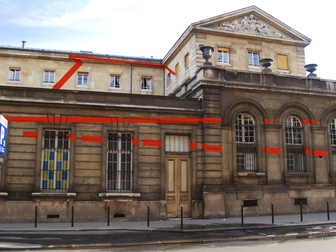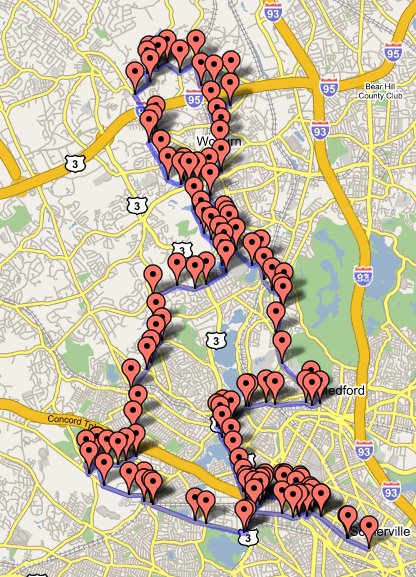Necessity may be the mother of invention, but being cheap is the mother of glorious hacks.
My friend Mike and I went bike riding two weeks ago using a route from a book. This was awkward because each of us could only retain three or four instructions at a time (“right? left? Mountain? Peach Orchard?”). We had to check the map so often that progress was slow and uncontinuous. Ah, but for a handlebar-mounted gps with mapping!

Ouch! Ok, nevermind.
So I did some googling, and discovered that someone had made some Garmin-specific files of Boston area bike rides. Char and I own the cheapest Garmin, the eTrex. No mapping, no magnetic compass, no altitude, just location data and route information. I got it at target thinking we might do some Geocaching, but we haven’t done any yet. The problem was, how to get the maps into the GPS?
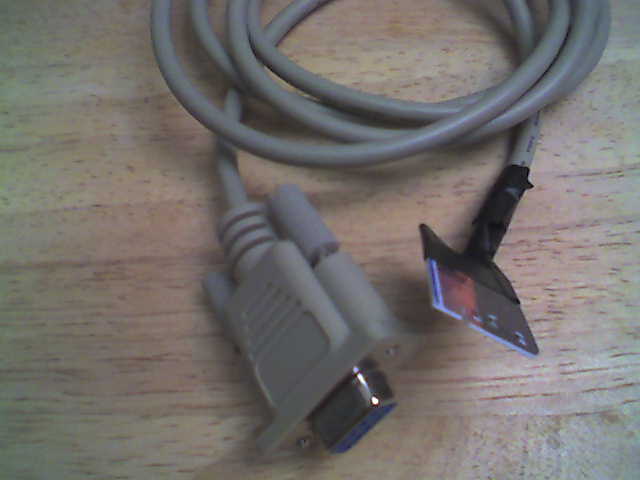
Cheap-ass serial cable! I learned that the data port on the Garmin is simply a serial port: Rx, Tx, Ground. Wire those terminals to a 9 pin serial connector (everyone has a 9 pin serial cable lying around in a drawer somewhere of course!), and you’ve saved yourself $38.00. My cable isn’t very well made and could use a little solder to improve the connections, but right now it works well enough.
While it’s nice to use other people’s maps, I really wanted to create my own. As you can see by my previous post, the solution was handed to me on a silver platter, as was the problem of format conversion and linux-based uploading. This weekend I created a short map on the website, uploaded it to the GPS, and Char and I followed the path around the neighborhood. The problems I noted after that walk led to the development of the python script I wrote.
The last problem was the one I had been avoiding thinking about: mounting the GPS on my thick handlebars. The sanctioned mounting kit fits handlebars of one-inch, but mine are larger. After some fiddling, it appeared that I might be able to attach the device to the stem of the bike. Maybe zip-ties could do it?
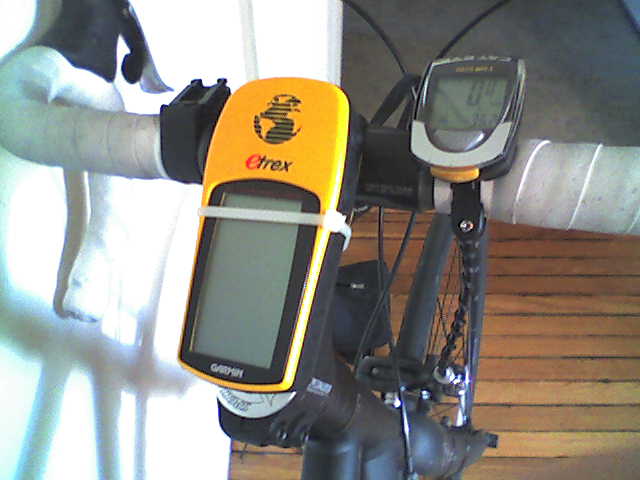
Yes! And in the event of catastrophic zip-tie failure, the lanyard is secured to the stem so the GPS doesn’t go careening to the ground.
Had I gone the “legit” route, I would have paid:
| Garmin Etrex GPS |
100$ |
| Data Cable |
38$ |
| Bicycle Mount |
18$ |
| Software |
30$ |
|
|
| Total |
186$ |
And that’s not counting the price of windows! (:P)
If I had gotten the Vista, it would have been 250$ for the device plus the same 18$ and 38$ for the mount and cable, plus an optional 117$ for a national map (which, by the way, I can’t get for any price with my eTrex) for a total of $423. That’s a lot to pay for directions.
Instead I paid:
| Garmin Etrex GPS |
100$ |
| Serial Cable |
free (from drawer or old mouse) |
| Out of Date Credit Card |
free |
| Zip Ties |
free (from work) |
|
|
| Total |
100$ |
Which I think is a better deal, even if I have an ugly cable and worry-inducing mount. I bet the map-creation interface is better, though :). You could go even cheaper by getting a used eTrex on ebay or craigslist. I hope to take the whole contraption on the road this weekend. The one big feature I might miss is the “beep on upcoming waypoint,” but the screen is large and clear so that shouldn’t be an issue.
Happy Hacking!

